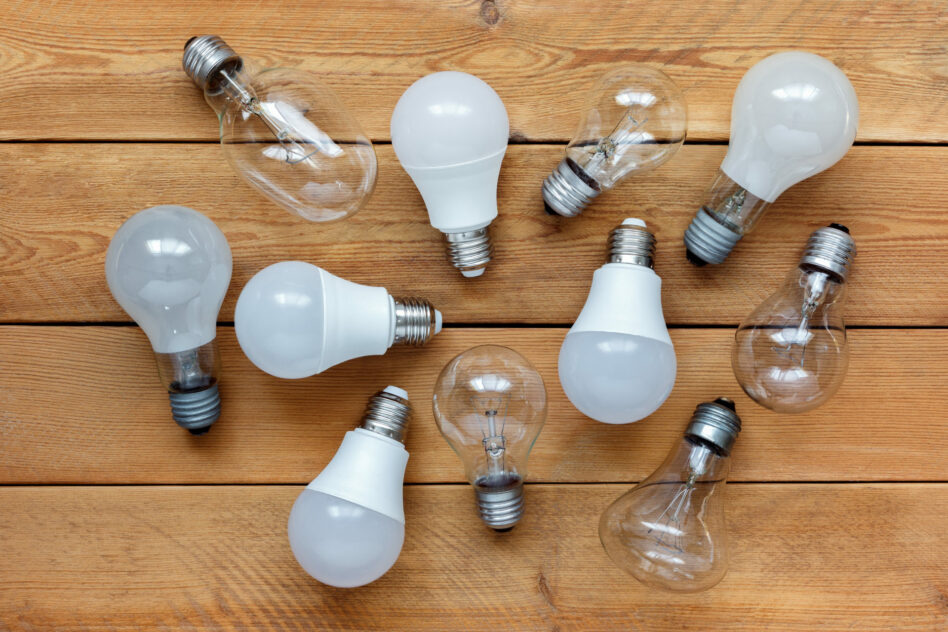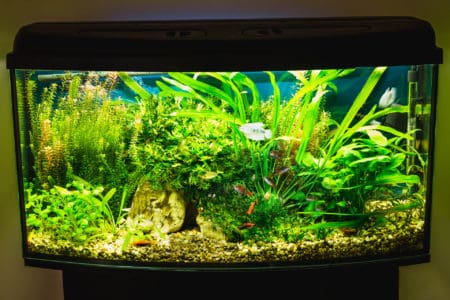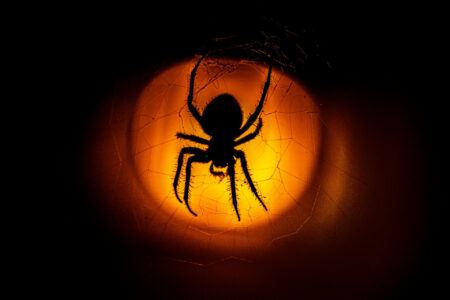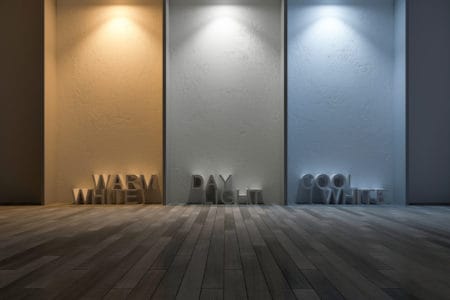Wondering about the difference between LED and incandescent lighting? In short, LED lights use less energy and last up to 50,000 hours. Meanwhile, incandescent lights consume a lot of energy and can only last for an average of 1,200 hours. Read on to learn about the details.
Overview of LED and Incandescent Lighting
Incandescent lighting has been around since the late 1800s. In fact, one of the first traditional light bulbs invented was made with a carbonized filament from bamboo. The remarkable invention of incandescent light bulbs paved the way for modernization, new business opportunities, and energy breakthroughs.
Years later, LED technology was born. In 1962, the brilliant Nick Holonyak, Jr. Invented LEDs with a semiconducting material called GaAsP or Gallium Arsenide Phosphide. However, it wasn’t until the 21st century that LED light was extensively utilized, slowly replacing incandescent lighting.
To this day, commercial, industrial, and residential lighting all use LED lights, which are more efficient and much brighter than conventional light bulbs.
LED vs. Incandescent Lighting: A Side-by-Side Comparison
Choosing a good lighting solution is a form of investment. So, there are quite a few factors to consider when selecting the best lighting system for your home, office, or establishment. A few things to be mindful of are the lighting’s efficacy, energy consumption, and longevity of use without compromising eco-friendliness.
That being said, LED and incandescent are two of the most common lighting choices for homes and commercial establishments. Both lighting solutions present various advantages and disadvantages based on several factors listed below.
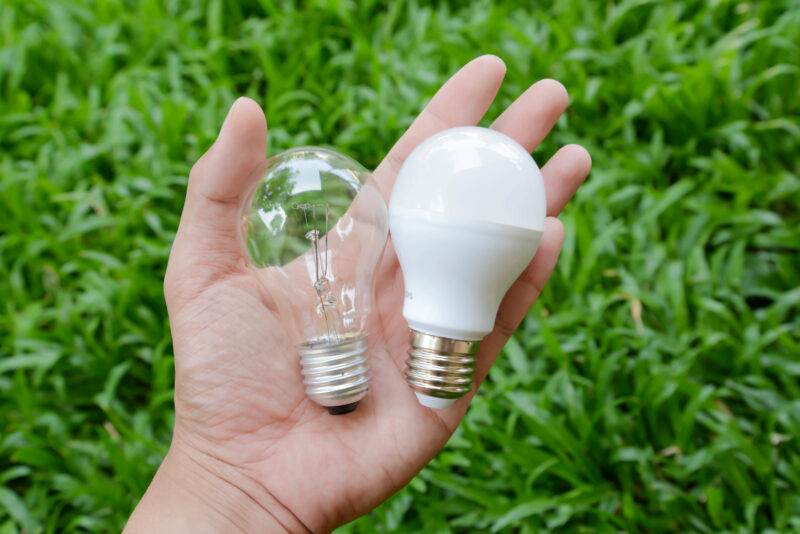
Mechanism
LED (light emitting diode) light utilizes the electroluminescence principle. It has a diode made with a semi-conductive substance and has a positive and negative electrode. Consequently, electric current flows through the electrodes and produces light.
Incandescent light, on the other hand, utilizes the incandescence principle where light is produced through heat. As electricity flows through a wire filament (commonly made with tungsten) enclosed in an evacuated bulb, it’s converted to heat that eventually produces light.
The incandescence mechanism explains why the traditional light bulb heats up excessively during prolonged use.
Lighting Capacity and Efficacy
Lumens are the units of measurement for lighting brightness. A light’s brightness is stronger when its lumen count is higher. In the case of LEDs vs. incandescent lights, LEDs are undeniably much brighter. As a matter of fact, LED lights consume less energy to emit brighter light than incandescent light bulbs.
Seeing as the efficacy of a lighting system is measured by its capacity to convert energy (watts or W) into lumens, here’s a watt-to-lumens conversion chart for better comparison:
| LED light | Incandescent light | Lumens |
| 2 W | 7 W | 100 |
| 4 W | 25 W | 375 |
| 5 W | 30 W | 450 |
| 9 W | 60 W | 800 |
| 12 W | 75 W | 1100 |
| 17 W | 100 W | 1600 |
| 27 W | 150 W | 2600 |
| 32 W | 200 W | 3000 |
Light Distribution
Light distribution refers to the capacity of light to spread or disperse to a surrounding area. With that in mind, knowing the coverage of your lighting solution is important, especially if you’re going to place it outdoors.
When it comes to light distribution, your incandescent bulbs have the upper hand. Incandescent bulbs distribute light in all directions, so they can light up a wider range of areas compared to LEDs, which can only shed light in a particular direction.
Heat Emission and Tolerance to Temperature Fluctuations
Compared to LED lights, incandescent lights generate more heat because they use electricity to create heat that produces light. As a result, 90% of the energy that an incandescent bulb consumes is converted to heat. On the other hand, LED lights release minimal heat but are slightly resistant to high temperatures (up to 212°F).
LEDs deteriorate faster when constantly exposed to high temperatures, so putting them in areas with direct heat or sunlight exposure can be risky. In low temperatures, on the other hand, LEDs perform well compared to incandescent lights.
Lifespan
In terms of longevity, LED lighting is the clear winner. LED lights last around 50x longer than the average incandescent bulb. You can use your LED light for up to 50,000 hours, while incandescent lights will only last for an average of 1,200 hours.
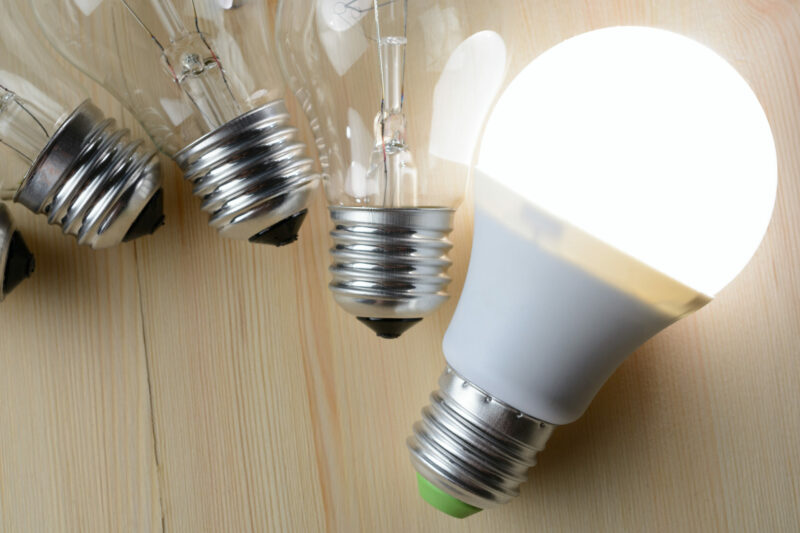
Durability
Regarding durability, LED lights are highly resistant to physical impacts and shocks compared to the comparatively fragile incandescent bulbs. For that reason, it would be best to take extra precautions when handling and storing your incandescent bulbs.
Meanwhile, you can drop your LED strip to the floor and step on it without worrying about breakage. In addition, LED lights tend to dim gradually as a sign of failure. So, the luminaire won’t stop functioning even if a few light diodes malfunction.
On the other hand, incandescent bulbs will instantly cease lighting up upon failure. Imagine how much of an inconvenience that would be, especially when it’s nighttime and you’re in the middle of doing something important.
Environmental Impact
LED light-related greenhouse gas emissions are 80% less compared to other lighting solutions like traditional light bulbs. Not to mention that they’re more energy efficient as well.
Less energy consumption equates to less harmful environmental impact. Hence, LED lighting is a better option if you care about the environment. In contrast to incandescent bulbs, which utilize 90% of their energy to produce heat, LED lights only waste 5% of energy as heat.
Additionally, LED lights don’t contain mercury, which is a toxic pollutant and a major health risk. As a result, LED lights are safer to dispose of and highly recyclable.
Another interesting fact is that LED lights are now utilized for plant growth and development. Several studies have shown that LED lights are an effective substitute for natural light sources.
Costs
Incandescent lights are cheaper than LED lights. Nonetheless, choosing the cheaper option doesn’t guarantee you’ll save on maintenance and energy costs.
Did you know that considering the longevity of use, maintenance, and other costs, one LED light is equivalent to up to 50 incandescent bulbs?
LED Light: Advantages and Disadvantages
For a bit of summary, here are the advantages of LED lighting:
- LED lights have a longer lifespan (up to 50,000 hours or more than five years) and are more energy-efficient
- Produce high-quality and bright light
- Maintenance costs are lower
- Durable, made with strong but lightweight materials
- LED lights are highly versatile and customizable; you can use them almost anywhere you like
- Lighting is available in many different spectrums of colors
- They are safe to dispose of and recyclable
- LED lights produce less heat
Meanwhile, here are some disadvantages:
- LED lights are more expensive compared to other lighting solutions
- Blue light from LEDs may be unsafe for the eyes
Incandescent Light: Advantages and Disadvantages
Here’s a list of the advantages of incandescent lights:
- Incandescent lights have a better light distribution compared to LED light
- They’re less expensive
- Highly versatile and available in different designs and sizes for different types of use
- Incandescent lights have better color rendering than LED lights
On the other hand, here are the drawbacks of using incandescent lights:
- Incandescent lights are fragile
- They have lower efficacy compared to LED lights
- They contain mercury which is a major health and environmental hazard
- High energy and maintenance costs
